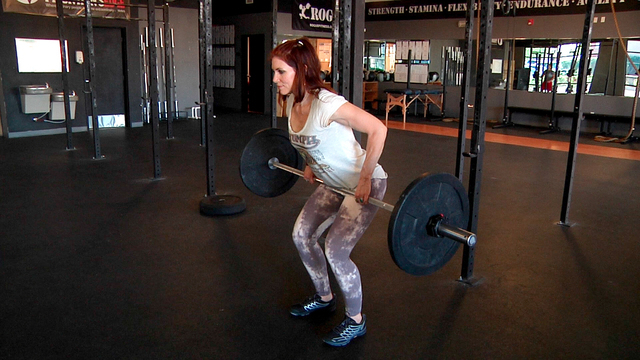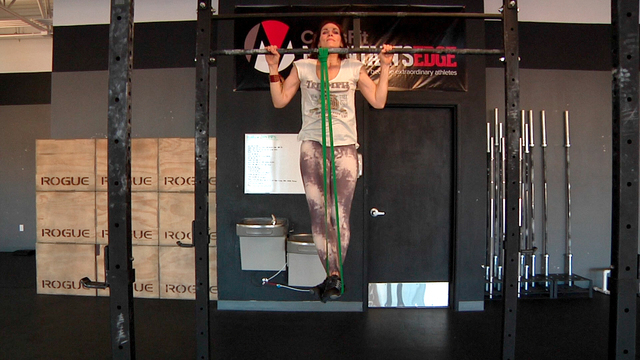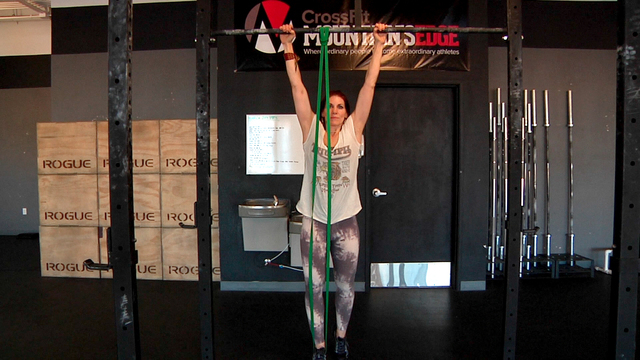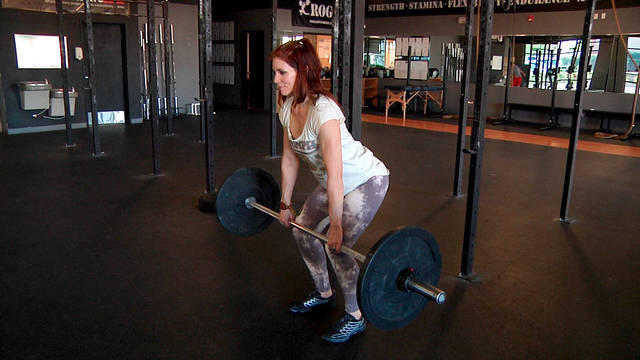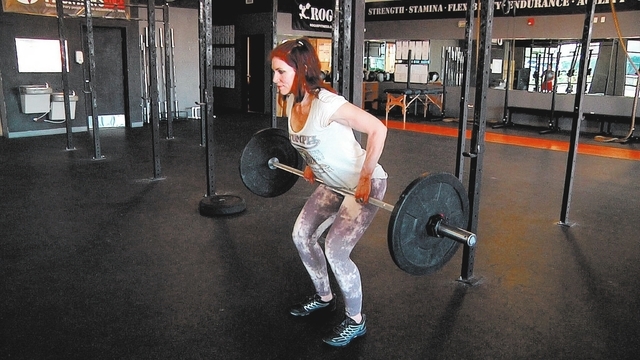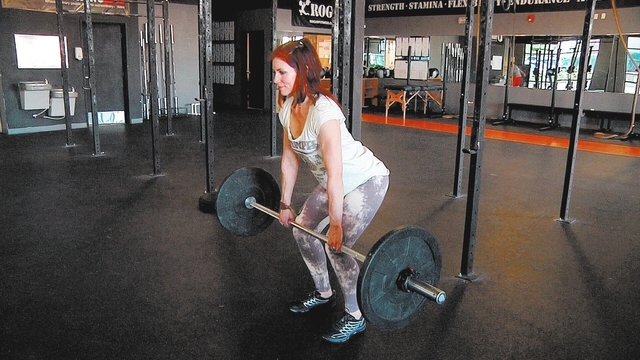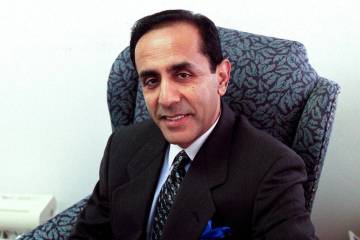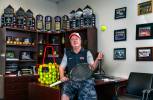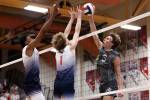In tennis, powerful swings start with strong backs
I like training sports athletes. It’s fun to create a program for people with sport-specific performance as their goal. It’s a diversion from my usual efforts to make a male athlete “buff” or a female athlete “toned.”
Tennis players are great to train. They get to build a strong and powerful back as well as agility in their legs. Today I will cover some specific things tennis players can do in the gym to help improve their game.
Before I get into today’s exercises, I want to lay some groundwork. I believe that competitive athletes should be squatting and dead lifting. These two exercises build power and stability and promote correct body mechanics and spatial awareness — all things athletes need to excel at their sport.
With the groundwork underway, we can get sport- specific. I like to develop a tennis player’s back strength. This translates directly to a devastatingly powerful swing. Along with strength comes strength endurance. To have a single powerful swing is impressive but to consistently deliver heat across the net toward an opponent means the overall match will be better.
The goal of a sport-specific athlete developing raw strength in the gym is for that athlete to transform that power into improved skills. Tennis coaches use sport-specific drills to condition things like pattering and swing technique as well as foot drills to make their players’ movements more efficient on the court.
One of my favorite back exercises is the bent-over row because it trains the back as well as the core. The back gets stronger as the athlete becomes able to add more weight to the bar. Muscle endurance will increase the more an athlete can lift.
For example, if an athlete’s arms get tired of swinging a racket after 15 minutes and they are only able to use 35 pounds in bent-over rows, then increasing that row strength will correlate into a longer-lasting athlete. A tennis player who can row a few hundred pounds will find that swinging a tiny racket a few hundred times is no big deal.
Bent-over rows increase core stability, too. One of the most important elements of the bent-over row is keeping the back straight. As an athlete progresses the row by adding weight, the core becomes increasingly stronger by learning to hold the spine straight under the load. This helps increase the core’s efficiency on the court.
One major form flaw besides letting the back round is in the path that the bar travels. The bar needs to travel along the thighs from the knee to the belly button.
When people tire, they pull the weight from the knees to the sternum without following the thighs. This changes the movement from a back exercise to a trapezius exercise.
Keeping the elbows close to the body is also important. It will keep the shoulder in a good position. When people get fatigued, the elbows turn out or up from their proper pathway.
Pullups are my next exercise for building tennis players’ back strength. It teaches how to organize the shoulders and elbows to avoid possible bad positions. As an athlete becomes efficient at pullups, it probably is time to progress by adding weight or moving to a slower or faster tempo to increase the challenge.
I would also keep in mind the propensity for the back to tighten up as a result of all of this training. Using a foam roller on the lats and thoracic spine regions will go a long way to keeping that athlete mobile and pain-free.
Chris Huth is a Las Vegas trainer and can be contacted at 702trainer@gmail.com. No press releases please. Before beginning any exercise program, consult your physician.



